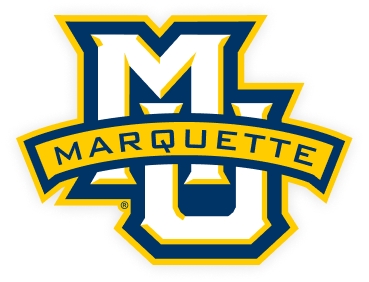Engineering researcher finds chemical in soaps linked to antibiotic resistance
Professor’s related study discovers technology to remove problematic agent from wastewater
MILWAUKEE — In a study recently published in the journal Environmental Science and Technology, Marquette University engineering professor Dr. Patrick McNamara, along with colleagues Dr. Daniel Zitomer, director of Marquette’s Water Quality Center, and Krassimira Hristova, assistant professor of biology, found that an antimicrobial agent commonly found in hard soaps is linked to antibiotic resistance, a growing public health concern.
In a separate but related study funded by the National Science Foundation’s Water Equipment and Policy center and published in the journal Environmental Science: Water Research and Technology, the assistant professor of civil and environmental engineering discovered that a technology called pyrolysis can be used to remove the agent from biosolids. This work was done in collaboration with Zitomer and Dr. Todd Miller, assistant professor of environmental health sciences at the University of Wisconsin-Milwaukee’s Zilber School of Public Health.
The chemical, triclocarban (TCC), passes through the anaerobic digesters that sewage treatment plants use to treat waste, and the study found that, at environmental levels, TCC selects for a multidrug resistance gene.
“Antibiotic resistance is a serious health threat,” McNamara said. “These genes are what make superbugs super.
“TCC is found in even higher abundance in wastewater biosolids than a similar agent, triclosan, yet significantly more research has been done on triclosan,” he added. “We’re just starting to learn more about what TCC does in the environment.”
According to McNamara, it is unlikely that TCC will be regulated, but consumer awareness can help cut down amount of the chemical sent to treatment plants. Further, his second study demonstrates that a thermal decomposition process called pyrolysis, which is used widely in the chemical industry, can be used to eliminate TCC from waste.
Pyrolysis is the heating of biomass in the absence of oxygen, unlike the more common combustion, which is the heating of biomass in the presence of oxygen. During combustion, the products are carbon dioxide and water. Since pyrolysis happens in the absence of oxygen, the gas products are higher energy products such as hydrogen, methane and carbon monoxide. Pyrolysis can produce a valuable solid product, biochar, which is void of TCC and also produces a gas that has high energy content.
NOTE: This press release was submitted to Urban Milwaukee and was not written by an Urban Milwaukee writer. While it is believed to be reliable, Urban Milwaukee does not guarantee its accuracy or completeness.
Mentioned in This Press Release
Recent Press Releases by Marquette University
New Marquette Law School Poll finds large majority of Wisconsin voters not yet tuned in to who is running in major 2026 elections
Oct 29th, 2025 by Marquette UniversityNo candidate has established strong position in public favorability in governor, state Supreme Court races; large majorities of voters undecided
New Marquette Law School National Survey Finds Large Majority Think Political Violence is a Big Problem, But With Sharp Partisan Differences
Oct 1st, 2025 by Marquette UniversityAmericans are overall pessimistic on reducing intense political conflict; half of those polled say heated language by leaders makes violence more likely






















